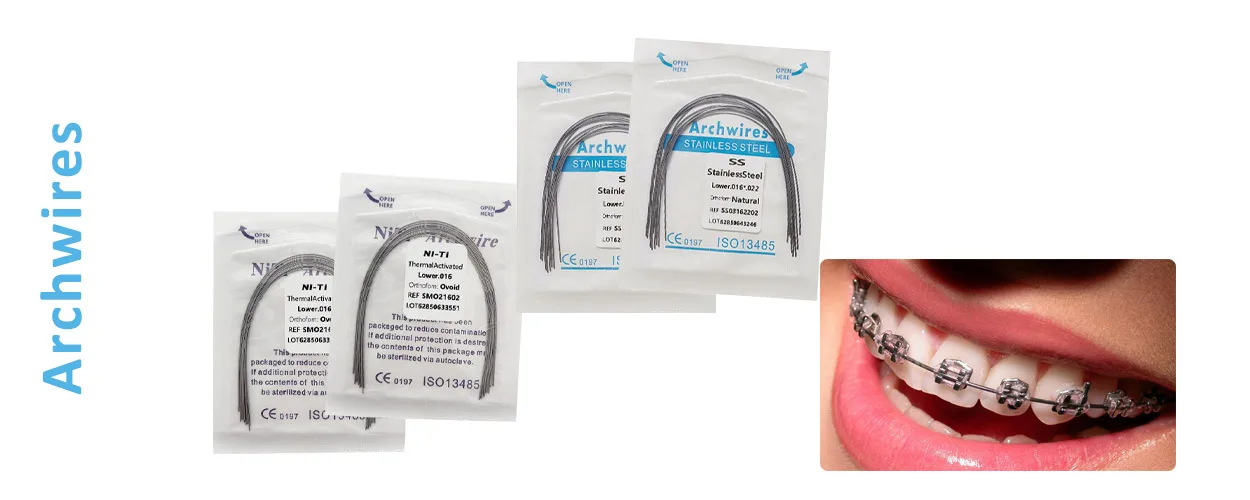Em tratamento ortodôntico, Archwire é um dos componentes principais do sistema de correção de suporte. Se você é um ortodontista ou um líder de compra dental, Este artigo analisará os recursos técnicos, cenários de aplicação e sugestões de compra de arco ortodôntico de uma perspectiva profissional, Ajudando você a atender às suas necessidades clínicas com mais eficiência.
1. O que são arco ortodôntico?
Afinar, fios metálicos flexíveis que são fixados em braquetes dentários são chamados de arcos ortodônticos. Ao longo do tempo, esses fios deslocam gradualmente os dentes para a posição adequada, aplicando luz, pressão contínua. Esses fios são conhecidos como “fios de arco,” e a arcada inferior é formada pelos fios dos dentes inferiores, enquanto a arcada superior é formada pelos fios dos dentes superiores.
Eles atuam como um motor orientador para os dentes e são essenciais para controlar o movimento dos dentes. Sem ele, Seus dentes tortos nunca se moveriam. Esses fios do aparelho vêm em tamanhos diferentes e têm diferentes composições de materiais.
2. Qual é a função das archas?
Como componente mecânico dinâmico do sistema ortodôntico, os arcos ortodônticos alcançam o movimento passivo dos dentes através de um mecanismo de compressão preciso. Durante a fase inicial do tratamento, ortodontiologistas selecionam arcos de liga de níquel-titânio com módulo de elasticidade apropriado. Suas propriedades de memória de forma podem aplicar uma força ortodôntica contínua de 0.5 a 1,5N/cm² para a dentição desalinhada. Esta estimulação mecânica desencadeia a remodelação óssea alveolar, ativando a proliferação de osteoclastos no lado da pressão e de osteoblastos no lado da tensão., conseguindo um deslocamento mensal de 0.1 a 1mm para os dentes.
Arqueiros executam três funções essenciais:
| Orientação vetorial | Estabelecendo curvatura ideal do arco dentário através da modelagem de arame pré -formada |
| Entrega de força | Traduzir restrições do sistema de suporte em movimento de dente direcional |
| 3D Control | Ajustando a inclinação axial e o posicionamento rotacional via engenharia de torque |
O mecanismo de ajuste dinâmico percorre todo o ciclo de tratamento: o acompanhamento é realizado a cada 4 para 6 semanas, e os ortodontistas mantêm a força ortodôntica ideal de 20 para 150g/cm substituindo o fio. Nas fases intermediárias e posteriores do tratamento, ele faz a transição para a fase do arco de aço inoxidável (0.016× 0,022 polegadas a 0,019 × 0,025 polegadas), com módulo de elasticidade de 210GPa. Isto permite o estabelecimento de um sistema mecânico tridimensional preciso, permitindo uma regulação precisa do movimento e oclusão da ponta da raiz.
Teoria dos três estágios do lucro (Lucro, Campos, & Sarver, 2018) é seguido por este sistema biomecânico: alinhamento inicial → controle vertical → ajuste fino de torque, o que leva ao reposicionamento de 80-90% da arcada dentária e à reconstrução oclusal funcional. De acordo com dados clínicos, a aplicação padronizada do sistema de fio pode manter a taxa de reabsorção radicular abaixo do limite seguro (< 2mm) e aumentar a eficiência do tratamento ortodôntico, 40%.
3. A ciência por trás das arquinhas ortodônticas
O arco de hoje é uma maravilha da engenharia, ao contrário da ortodontia’ abordagem homogênea no início do século 20. A ciência dos materiais é a chave para seu sucesso: a seleção correta da liga tem um impacto direto na velocidade do tratamento, conforto, e resultado.
Considere NiTi (níquel-titânio) arame. Quase ninguém previu que o NiTi teria potencial dentário quando o Dr.. William j. Buehler notou pela primeira vez seu “memória de forma” qualidades no Laboratório de Pesquisa Naval na década de 1960. Hoje em dia, esta liga é uma solução importante para o problema de dentes apinhados porque pode “lembrar” formato ideal da arcada dentária do paciente e pode suportar até 8% variedade (enquanto o aço só pode suportar 1%).
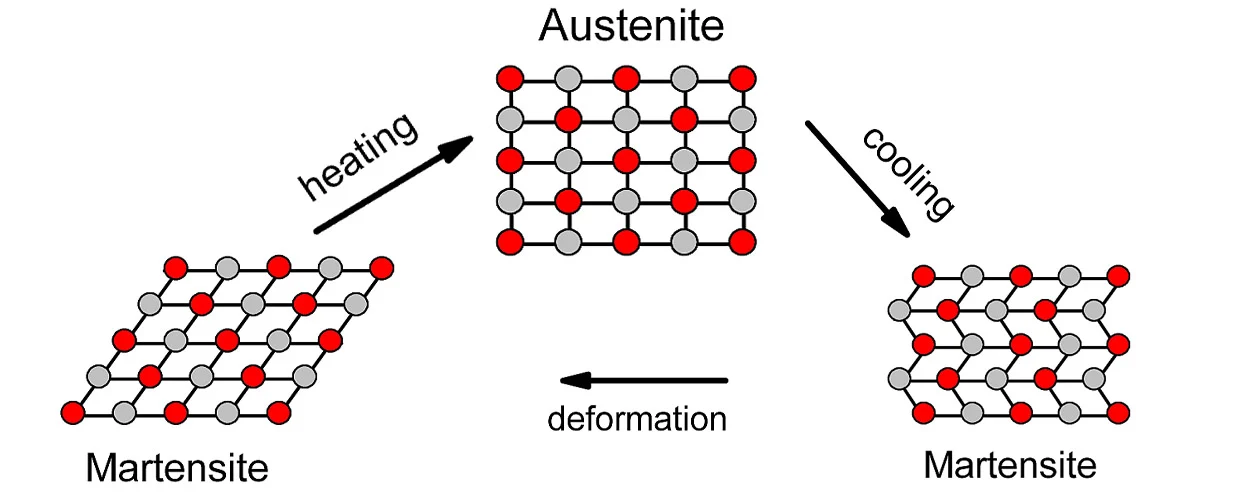
4. Classificação de arqui -ortodôntico
Os arcos ortodônticos podem ser classificados em três tipos principais com base nas diferentes propriedades do material.:
UM. Arqueiras de níquel-titânio (Niti)
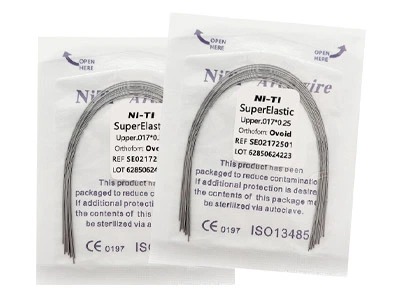
B. Arco de aço inoxidável
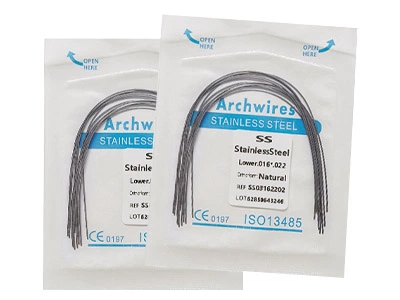
C. Archwire beta-titanium
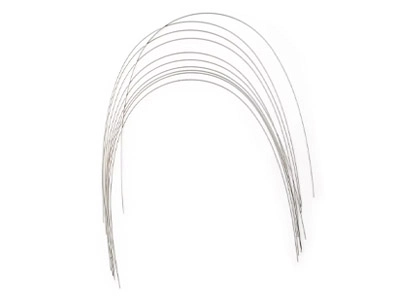
5. Critérios de seleção clínica para arqui -ortodôntico
Combine a elasticidade com a resistência de acordo com o estágio do tratamento
Para correção inicial, arcos superelásticos de níquel-titânio devem ter prioridade para reduzir o desconforto do paciente. Nos estágios intermediários e posteriores, fios de arco de aço inoxidável ou β-titânio são substituídos para controlar com precisão a força.
Concentre-se no processo de tratamento de superfície
Arames de arco de alta qualidade devem ter uma superfície lisa (como polimento eletroquímico) para reduzir o atrito dos braquetes e evitar irritação da mucosa.
Dimensões padronizadas e desempenho de memória
Selecione arcos que atendam à AAO (Associação Americana de Ortodontia) padrões para garantir compatibilidade com sistemas de braquetes convencionais e alta estabilidade de memória de forma.
6. Sugestões de uso clínico e manutenção
- O ciclo de substituição do arco: A velocidade de movimento dentário do paciente e o nível de fadiga dos fios ortodônticos determinam a frequência com que ele é ajustado, que normalmente é todo 6 para 8 semanas.
- Conselhos para pacientes: Lembre-se de evitar mastigar objetos duros, aplique cera ortodôntica para aliviar qualquer desconforto inicial causado pelo atrito, e limpe o fio regularmente para evitar o acúmulo de placa bacteriana.
- Requisitos de armazenamento: Para evitar oxidação ou deformação, fios de arco fechados devem ser mantidos em uma atmosfera seca.
7. Por que escolher o nosso Arqueiras ortodônticas?
Como um exportador especializado na pesquisa e desenvolvimento de consumíveis dentários para 15 anos, nós oferecemos:
Controle de qualidade estrita: Os produtos são ISO 13485 certificado, FDA/CE compatível e lotes rastreáveis.
Escolhas diversificadas: cobrindo toda a gama de tamanhos de 0,012 ″ a 0,021 × 0,025 ″, Suportando a personalização multimaterial, como níquel-titanium, aço inoxidável, beta-titânio e assim por diante.
Compartilhamento de casos: Solução do fio do arco para melhorar a eficiência clínica.
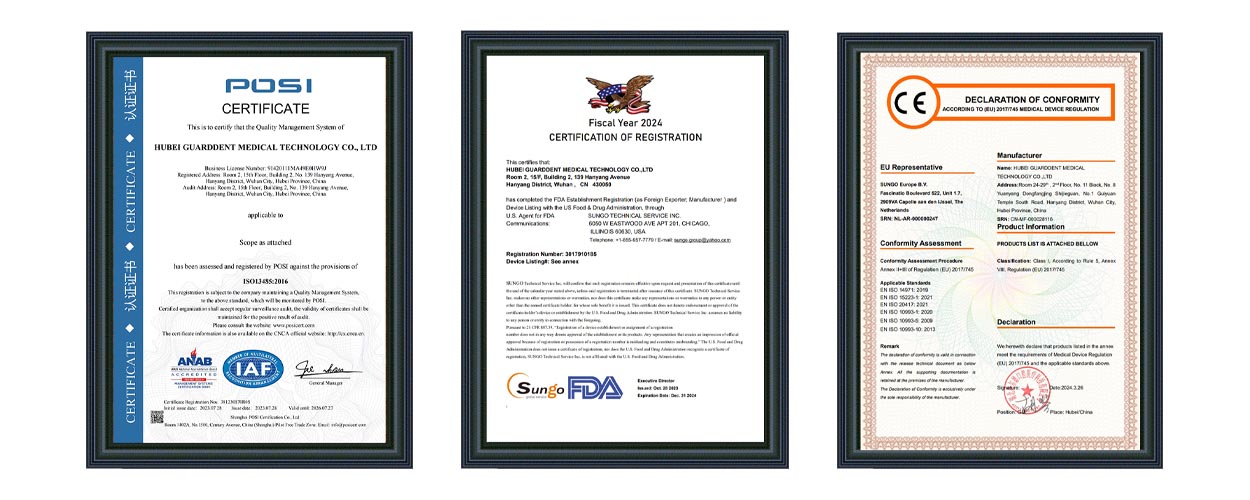
Uma cadeia de clínicas odontológicas em Barcelona, Espanha, reduziu o ciclo médio de tratamento dos casos iniciais por 15% e o tempo para ajustes de acompanhamento por 20% Usando nossos arqui -arques de Nitinol. O feedback do médico é que "a estabilidade da memória de forma do arco reduz significativamente a complexidade da operação, o que é especialmente adequado para pacientes adolescentes. ”
Conclusão
Apesar de seu pequeno tamanho, os arcos ortodônticos são componentes essenciais que influenciam o efeito de correção. Selecionar o arco apropriado pode impulsionar os pacientes’ confiança no curso do tratamento, além de aumentar a eficácia do diagnóstico e tratamento. Por favor, não hesite em nos contatar a qualquer momento se desejar amostras grátis ou mais informações sobre nossos produtos.
Referências
- Xá, S. J., Ali, M., & Matthews, M. E. (2015). Materiais e técnicas ortodônticas. Jornal de Ortodontia Clínica, 49(8), 23-34.
- Ribeiro, T. K. S. J., Silva, S. UM. S., & da Silva, D. P. (2020). Mecanismos biológicos do movimento dos dentes: Uma revisão. European Journal of Orthodontics, 42(2), 55-64.
- Proffit, C. R., Campos, H. C., & Sarver, D. M. (2018). Ortodontia contemporânea (6o ed.). Elsevier.

